Signs a child is choking: what to do
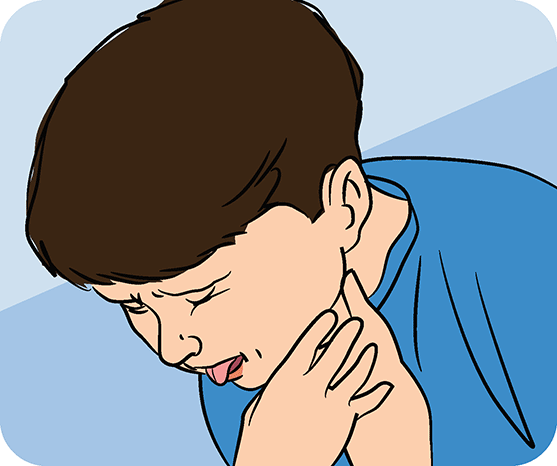
Here are signs a child is choking: coughing, gagging, wheezing, distress, choking noises, rattling breathing sounds, no breathing, no sounds, paleness, blue colour, and loss of consciousness.
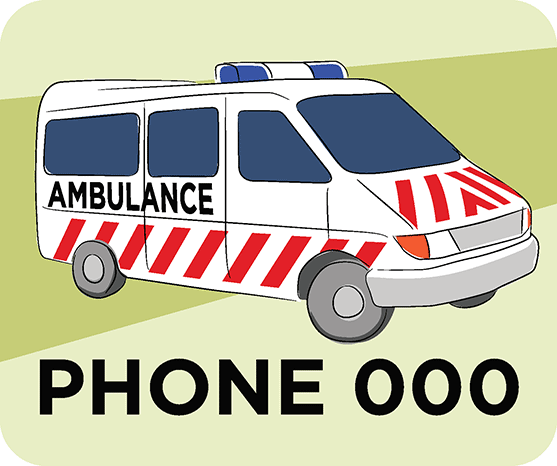
If a child shows signs of choking, stay calm. Ask the child to cough to help remove the blockage. If the child can talk, cry and cough, stay with them and phone 000. If the child is struggling to talk, cry or cough, phone 000. Follow the steps to clear a blockage shown next.
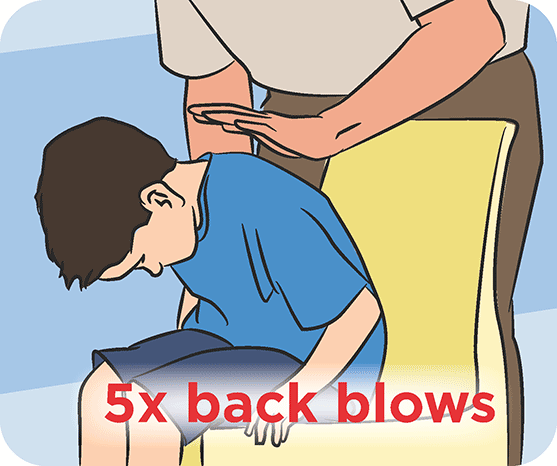
Bend the child forward. Use the heel of your hand to give a firm back blow between the shoulder blades. Give up to five back blows. Check between each blow to see if the blockage has cleared. If it hasn’t cleared, try chest thrusts.
Choking first aid: next steps
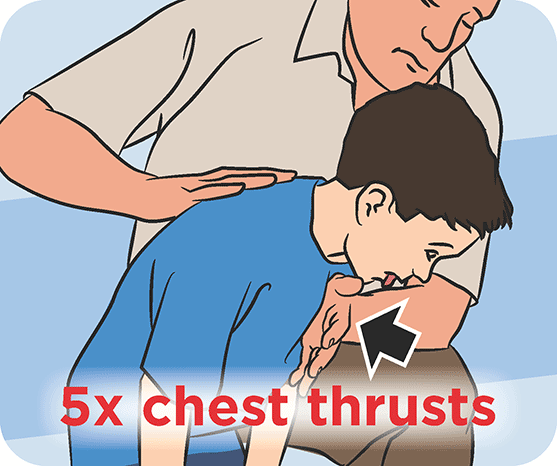
Put one hand in the middle of the child’s back and the other hand in the centre of the chest. Use the heel of the hand on the chest to do five chest thrusts – like CPR compressions but slower and sharper. Check to see if the blockage has cleared between each thrust.
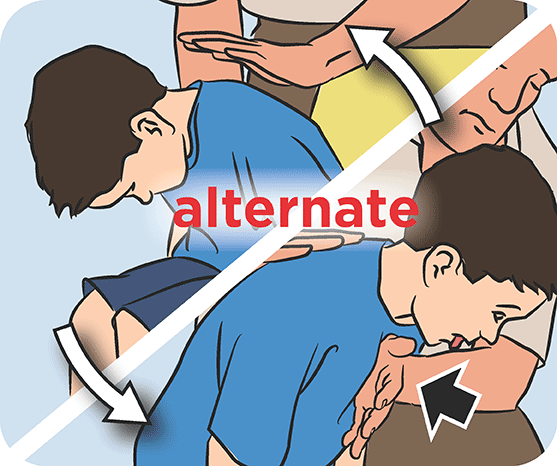
If the child is still choking, alternate five back blows and five chest thrusts until emergency help arrives. If the child becomes unconscious, start child CPR.
Choking prevention
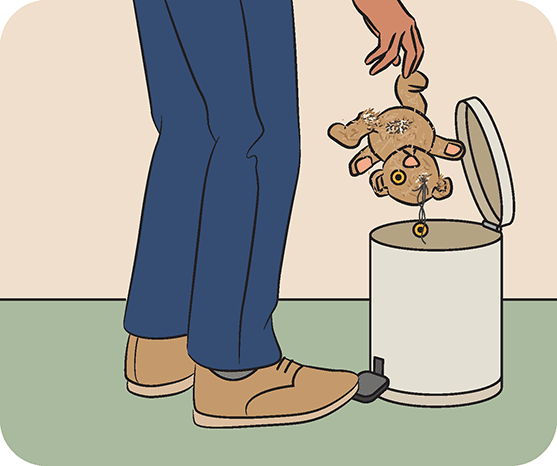
Always follow the age recommendations on toys. Avoid toys with small parts, breakable parts, brittle surfaces or button batteries. Check toys for exposed stuffing and loose screws and buttons.
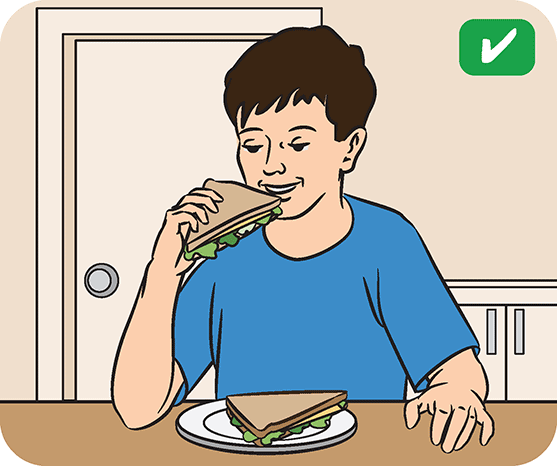
Get your child to sit while eating. Encourage your child to chew and swallow properly.
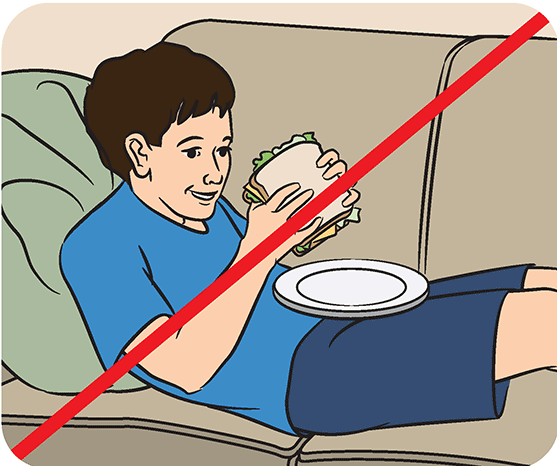
Your child is more likely to choke if they eat while lying down, running around or playing.